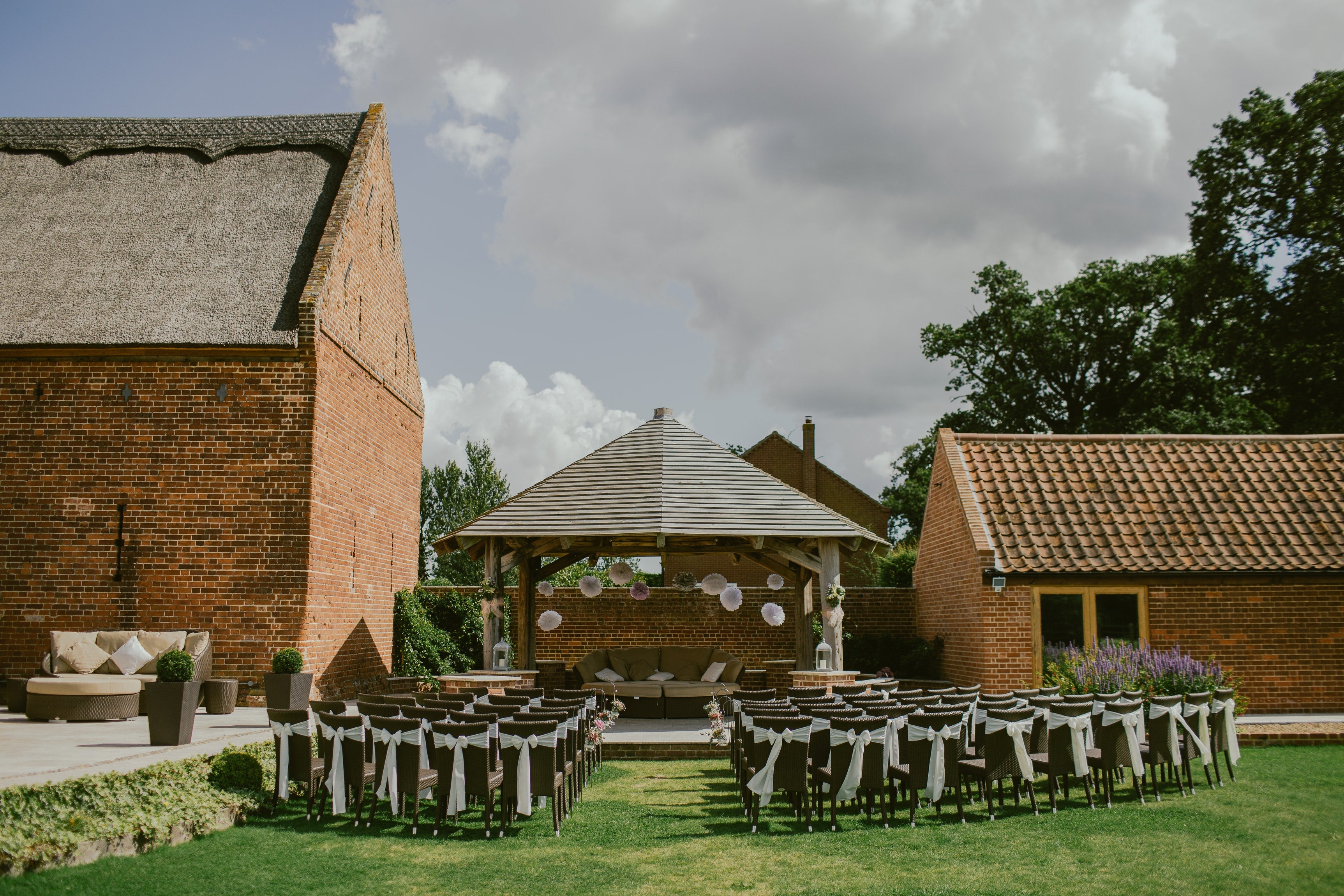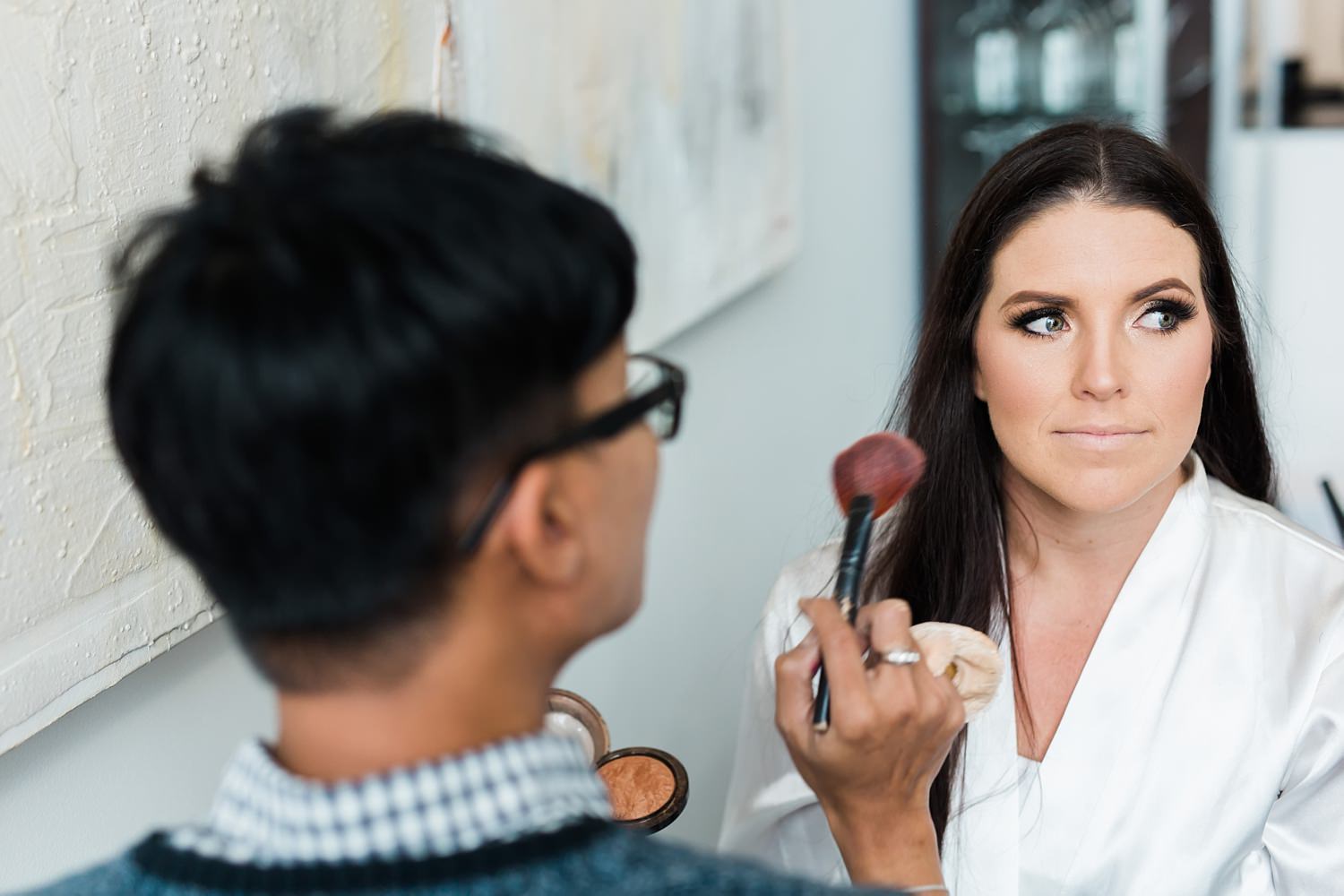
How Wedding Ceremonies Work: Your Guide
We all know how stressful it is to plan a wedding, and at Euphorie Studios, we always want to do everything we can to make sure a bride has the perfect day possible, so we've been covering as many ways to reduce stress for brides on their wedding day. Our latest installment is on the structure of wedding ceremonies.
While you can change all things wedding-related to fit a bride's unique ideas, we wanted to give a general structure that most brides tend to use or have as a starting point before changing parts to suit their day. So, with that said, let's get into it.

The Wedding Procession
Firstly, what is a wedding procession? In its simplest form, a procession is defined as 'an organized body of people walking formally or ceremonially' or, in other words, relating to weddings, the bridal party coming down the aisle.
Every wedding ceremony starts with a professional, and it's the grand entrance of everyone you will have involved in your wedding party. Each person in the wedding party traditionally makes their way down the aisle in a specific order. However, you can change this based on who will be a part of your bridal party.
Here's the traditional order:
- The bride's mother
- The groomsmen (unless accompanying the bridesmaids)
- The best man
- The groom
- The officiant
- The bridesmaids (and groomsmen if you're choosing to have them accompany the bridesmaids down the aisle!)
- The maid of honor
- The flower girl and ring bearer
- The father of the bride and the bride

Opening The Ceremony
After each member of the bridal party has taken their place and you've made your grand entrance and walked down the aisle to your awaiting bride or groom, the officiant will start everything off. This will usually be the speech you've seen many times in movies or at a friend's wedding about how everyone is 'gathered here to celebrate' the couple getting married. There are many ways these speeches are worded, and if you have any particular methods you'd like it to be, make sure you discuss it with your officiant before the day.
Following on from the above, the officiant will turn his or her speech towards you and your partner. Again, it'll be some words covering the meaningful way you're about to exchange vows and the journey through life you'll take together. The wording on this will vary, mainly depending on religious vs. non-religious weddings, but as always, this is something you should discuss with your officiant.
Next up is the exchanging of vows between your partner and yourself.
The officiant will generally lead you both through this for the most part, and (hopefully!) you will have your vows pre-written or planned out in advance. This will always be a personal thing to you and your partner, covering your love and everything that happens, has happened, or will happen within that.

Along with the exchanged vows, you'll be exchanging rings. This is probably something you've seen before. If not in person, then you've likely seen it on a movie or TV show. The officiant will begin this part of the wedding ceremony by asking you or your partner to place the ring on the other's finger and vice versa, traditionally accompanying the ring exchange with a phrase such as 'With this ring, I thee wed' or something similar. Talking to your officiant about this part if you're unsure is a good idea.
After this, there's usually time for the optional extras in a ceremony. This could be anything, such as handfasting or candle lighting as a unity symbol or ritual. Again, this part is optional, but we have seen quite a few brides incorporate something meaningful to their relationship at this point, but not always.
After all of that is done, your officiant will then make a declaration of your marriage such as 'By the powers vested in me, I now pronounce you husband and wife' which is then traditionally followed with '..and you may now kiss the bride'.
Now that the love-filled parts of your ceremony are complete, the final pieces are essentially just the legally binding side of things: signing the paperwork on the marriage license. There's usually a small break for your guests during this period while you and your partner sign the documents your officiant will have for you.'
Now all that's left are any closing remarks you might want your officiant to make. After this, it's time for the recessional. The recessional is also known as when your partner and yourself make your way back down the aisle. You'll do this with the rest of the bridal party following and head off for portraits/photography or to the ceremony.




Leave a comment
This site is protected by hCaptcha and the hCaptcha Privacy Policy and Terms of Service apply.